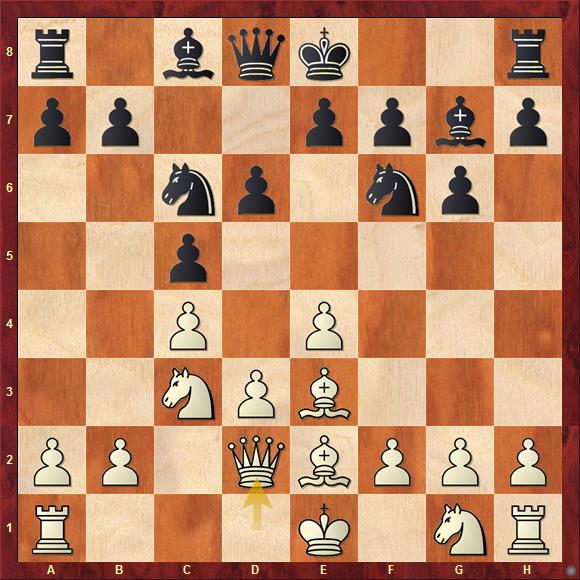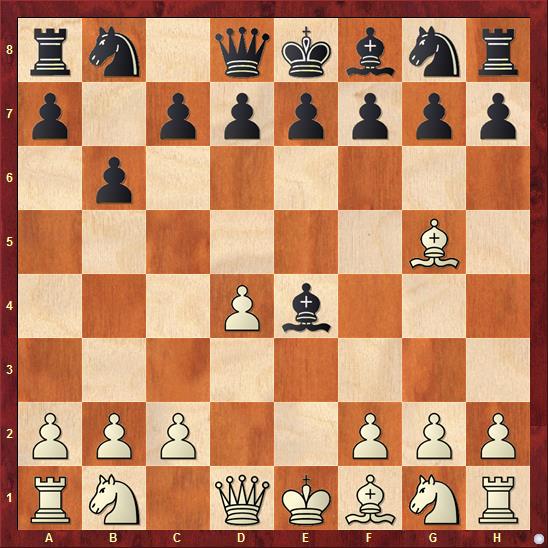.jpeg)

.jpeg)
Almost any chess site, on which you can play online, offers you a way to download your games. Lichess, where I have played more than 20k games in the last four years, is no exception. Unfortunately, I could never get solid numbers to find out with which openings I scored well – probably one of the most important stats to know if you want to improve your results.
But then ChessBase steps in, takes my hand and says to me in its calming voice: "Don't worry. Let me take a look at it."
Here's a list of the twenty strongest opponents I had when playing with White (including a win against GM David Howell!)
And ChessBase took a look at it – or, to be more precise – it allowed me to take a look at the stats of all my precious 20.000 games. But could it tell me how well I did with all of my openings? Well, of course, it can!
My wildest chess dreams came true! After loading the huge database for 15 minutes (which gave me time to brew a fresh coffee) I had the answer to my questions.
The games I play on playchess.com are immediately saved and analysed in ChessBase after being played which is obviously far more comfortable than importing them first, but this article concentrates more on games played on other chess servers and how to use their databases efficiently.

I was overwhelmed by all the information I was able to gather about my favorite anti-sicilian system, the Staunton-Cochrane Variation. At the age of 14, I played it against Grandmaster Karen Movszizian in a simul and won. Since then, I have never stopped playing this system.
Thanks to ChessBase, I am able to find patterns and moves that are typical for this structure. I can analyse the games with different engines to find stronger alternatives. The replay training allows me to play out my favourite openings and the reference option shows me similar games played by stronger players!
A short list of ChessBase options:
For a better understanding of all the options ChessBase has to offer, I highly recommend Sagar Shah’s Ultimate ChessBase and Mega Database guide.
We have to make sure that the game database is saved as a compatible chess file. In almost all cases the common ".pgn" is the way to go.
When we open the game database with ChessBase a list of games appears that should look similar to the screenshot below:
For a statistical opening evaluation of all games we mark them all with Ctrl+A. Then we click "Opening reference on selection" – the button on the upper left.
f the database is huge, this might take a couple of minutes. Luckily, this procedure will take less time when it is done again.
(Click on the picture to enlarge)
I have to admit that the first thing I did was to check my win/loss ratio of all the crazy openings I played. This quickly led me to the conclusion that it is time to find a stronger answer against the Caro-Kann and improvements in my beloved Albin's Countergambit. I will surely take a look at these two Fritz Trainers.

But how good is this silly opening that I mentioned above - The Naselwaus Gambit? I expected a win rate of over 80% for myself as White. How wrong I was! As the graphic above shows I scored about 57% in my favourite variation. I won 14 of the 27 games I have played with this variation, lost ten and drew three. But I am confident, that I can "up" my game to reach the 80%-mark soon. Thank you for telling me the truth, ChessBase.
I discovered this gambit years ago in the German chess magazine Kaissiber and was fascinated by the many nice traps and White's piece activity, after the move 4.d5!?
Once White develops all minor pieces and castles long, the game is going to be very wild and entertaining.